T4K3.news
Ancient DNA rewrites elephant bird family tree
New genetic research places the Madagascar giant closer to kiwis than to ostriches, changing our view of island evolution.
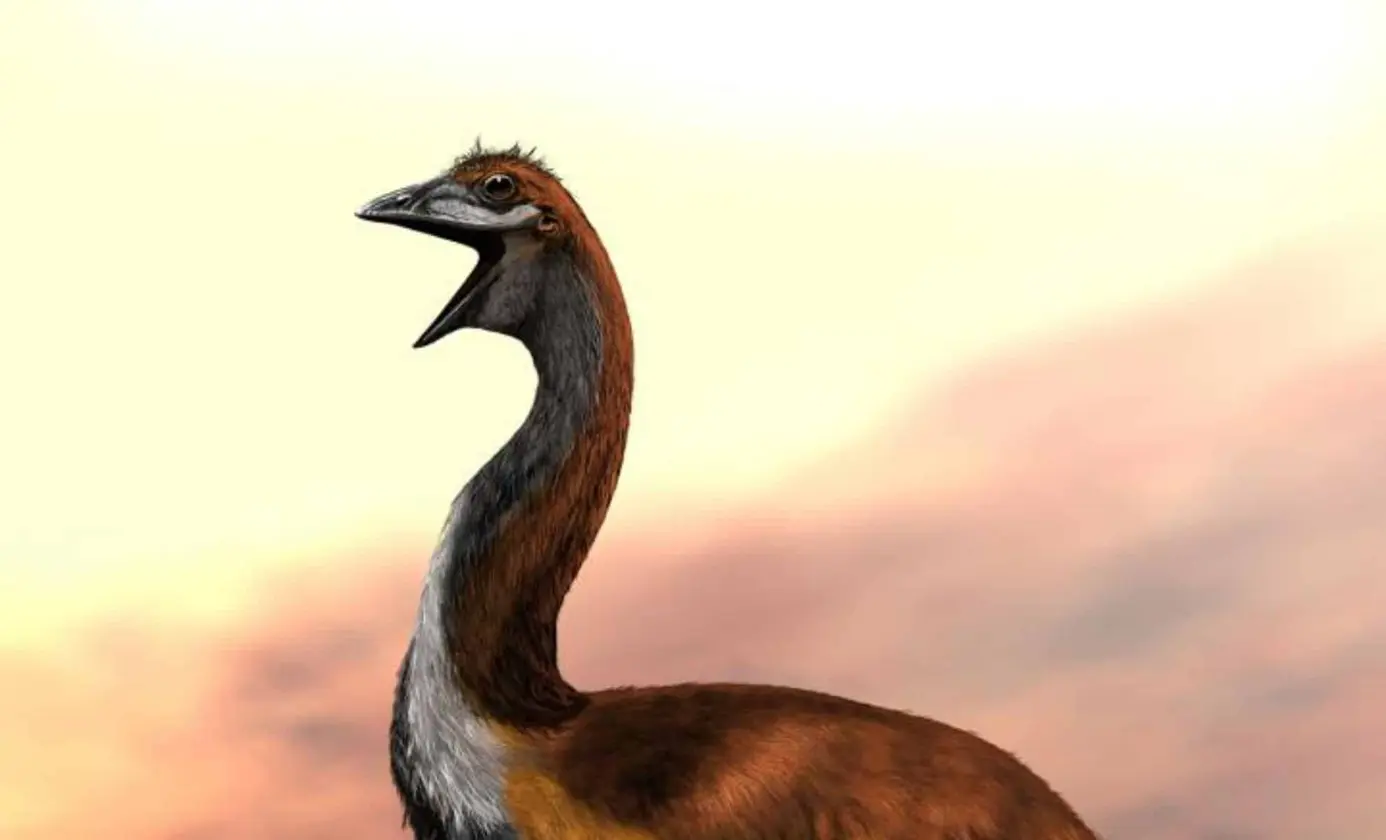
A look at the Madagascar giant known as the elephant bird, its size and extinction, and what new DNA findings reveal about its place in the bird family tree.
Elephant Bird Dominates Madagascar's Past
The elephant bird, Aepyornis maximus, was a flightless giant that lived in Madagascar and could weigh more than 2000 pounds, reaching about 10 feet in height. It laid the largest eggs known, some as long as 13 inches and holding roughly two gallons of liquid. These birds moved slowly through forests and plains and disappeared around 1000 A.D., a time closely tied to human settlement on the island. Fossils and eggs from this species continue to surface, reminding researchers of how much Madagascar once housed in the animal world.
Recent genetic studies place the elephant bird as a distant relative of the kiwi, not of ostriches or emus. This finding reshapes how scientists understand its place in the avian family tree and highlights the oddities of island evolution. Even so, the fossil record still has gaps, so new discoveries could shift our view of how these giants lived and disappeared.
Key Takeaways
"Without an accurate understanding of past species diversity, we can’t properly understand evolution or ecology in unique island systems"
Turvey on biodiversity history guiding conservation
"The extinction of such a massive and impressive bird highlights the delicate balance that once existed on Madagascar"
Article’s closing reflection on balance and loss
"Genetic studies have shown that the closest living relative of the elephant bird is the kiwi"
DNA findings reshaping the bird’s lineage
The new DNA evidence challenges long held assumptions about giant island birds and shows how evolution can take surprising paths in isolated ecosystems. Linking the elephant bird to kiwis underscores how distant relatives can converge in unusual ways on islands. This restart of the family tree invites a broader look at Madagascar’s past and the forces that shaped its biodiversity.
Beyond natural history, the story reinforces a broader conservation message: knowing the past helps societies protect what remains today. If a giant like the elephant bird could vanish in the blink of a century, living species on Madagascar deserve careful protection and informed stewardship to avoid repeating similar losses.
Highlights
- Size alone cannot protect a species from extinction
- Ancient DNA rewrites the elephant bird family tree
- Madagascar's past asks us to guard living species before they vanish
- Giant eggs remind us how much nature keeps hidden in plain sight
History invites care for living species before they vanish.
Enjoyed this? Let your friends know!
Related News
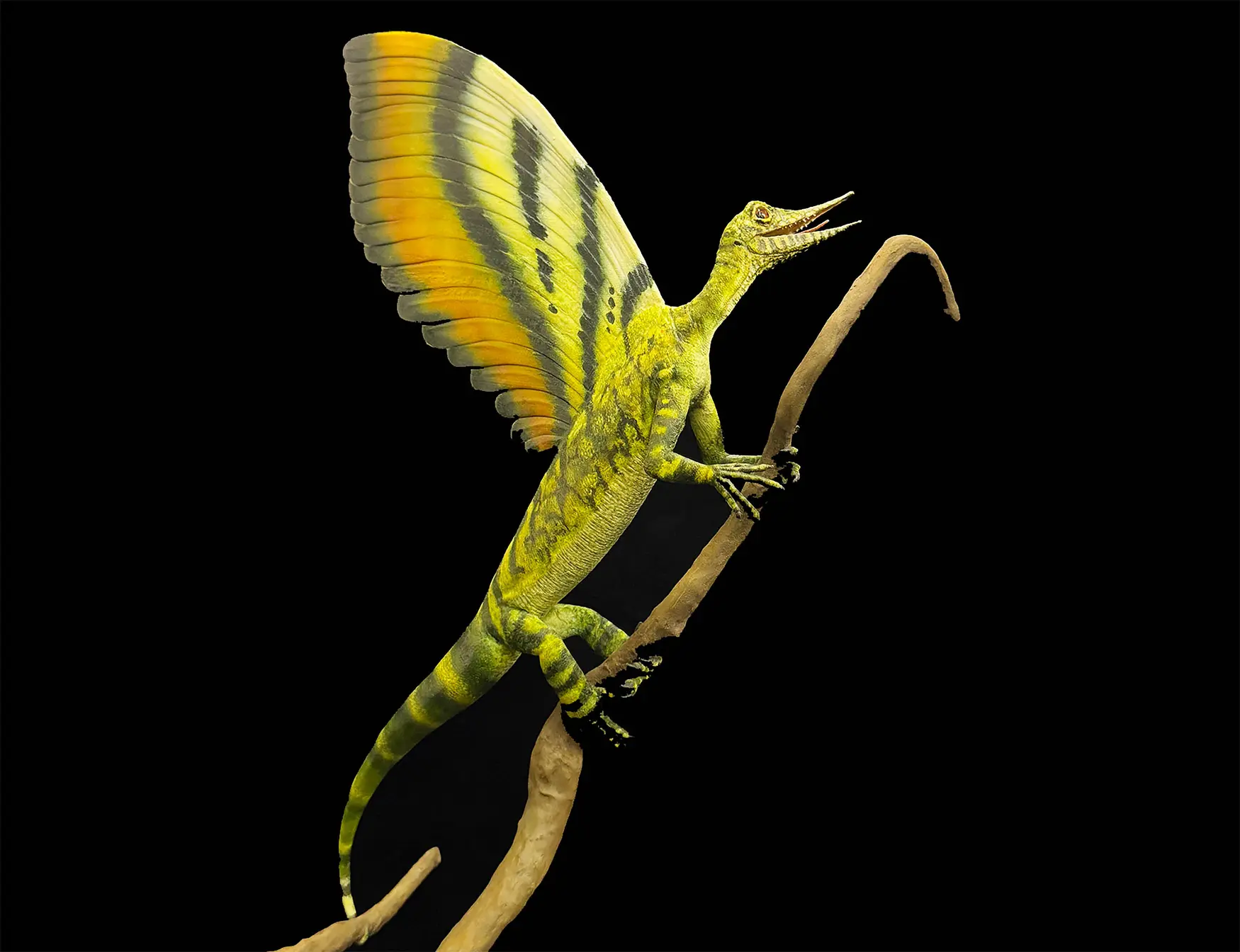
New fossil discovery challenges reptile evolution theories
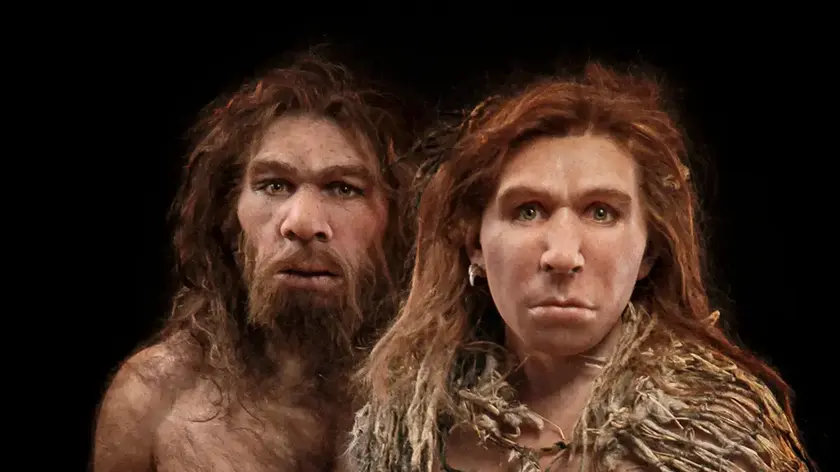
New findings reveal connections between humans and Neanderthals

Study reveals potatoes evolved from tomatoes
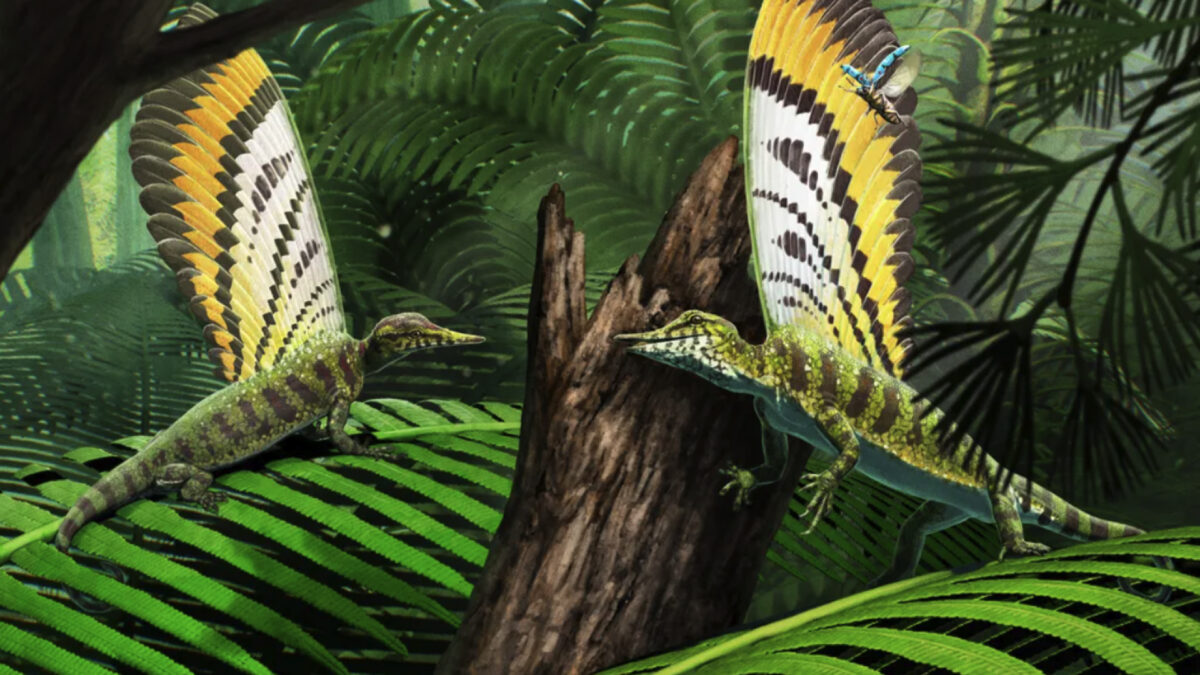
Triassic reptile skin discovery reshapes evolutionary understanding
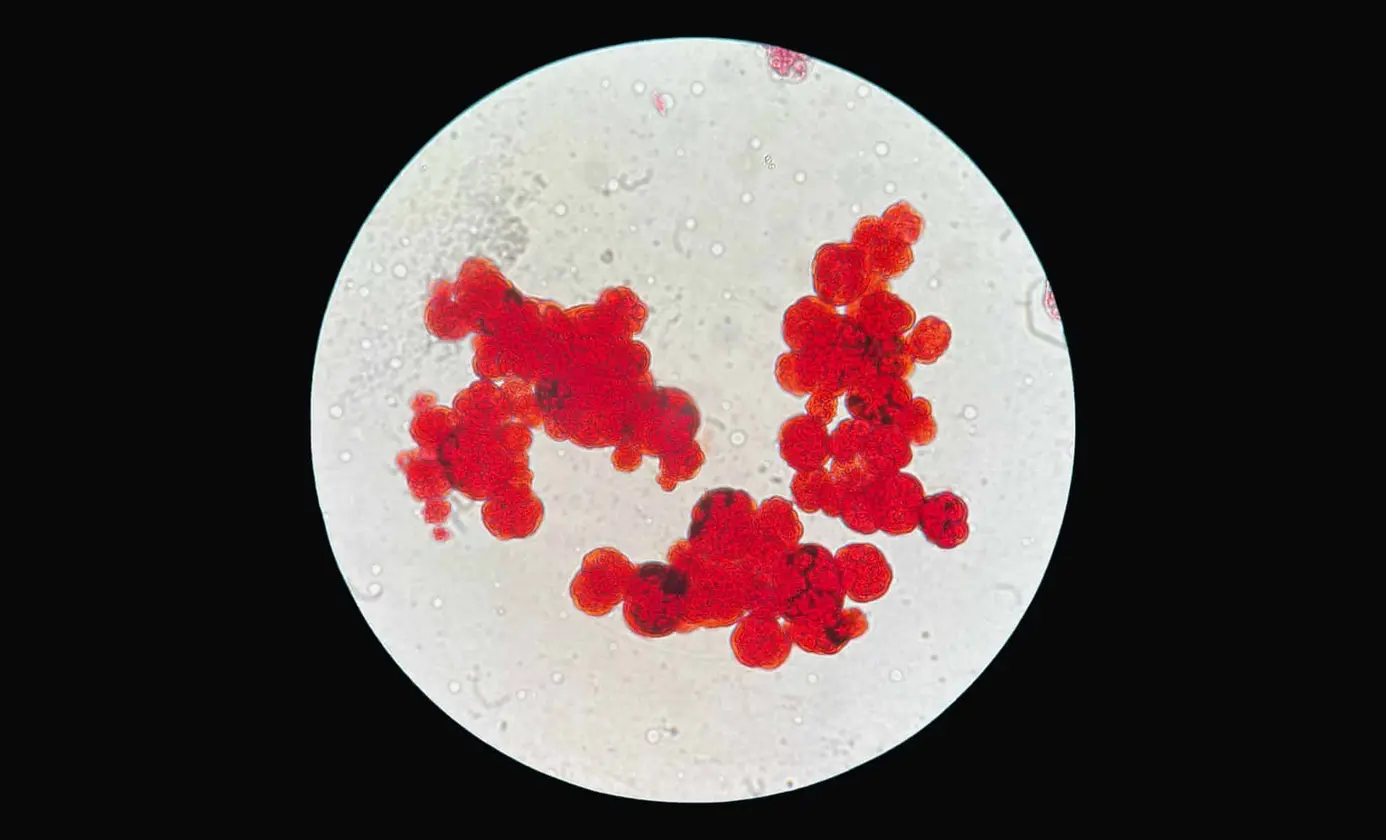
New microbe reshapes life definitions
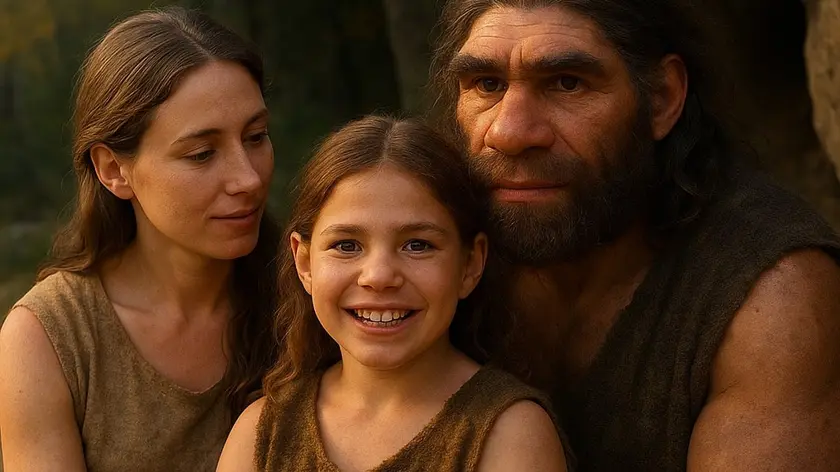
Scientists reveal traits of Neanderthal and Homo sapiens hybrids

Ancient DNA connects modern Europeans to Siberians
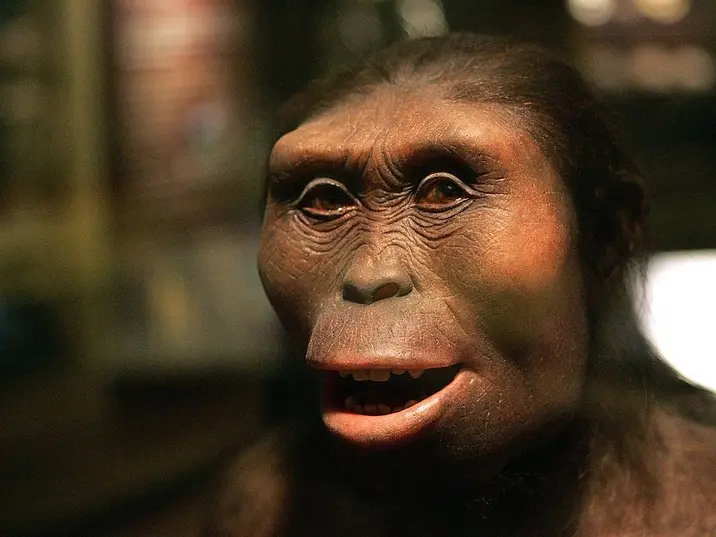
Research reveals 30 ancient human species
